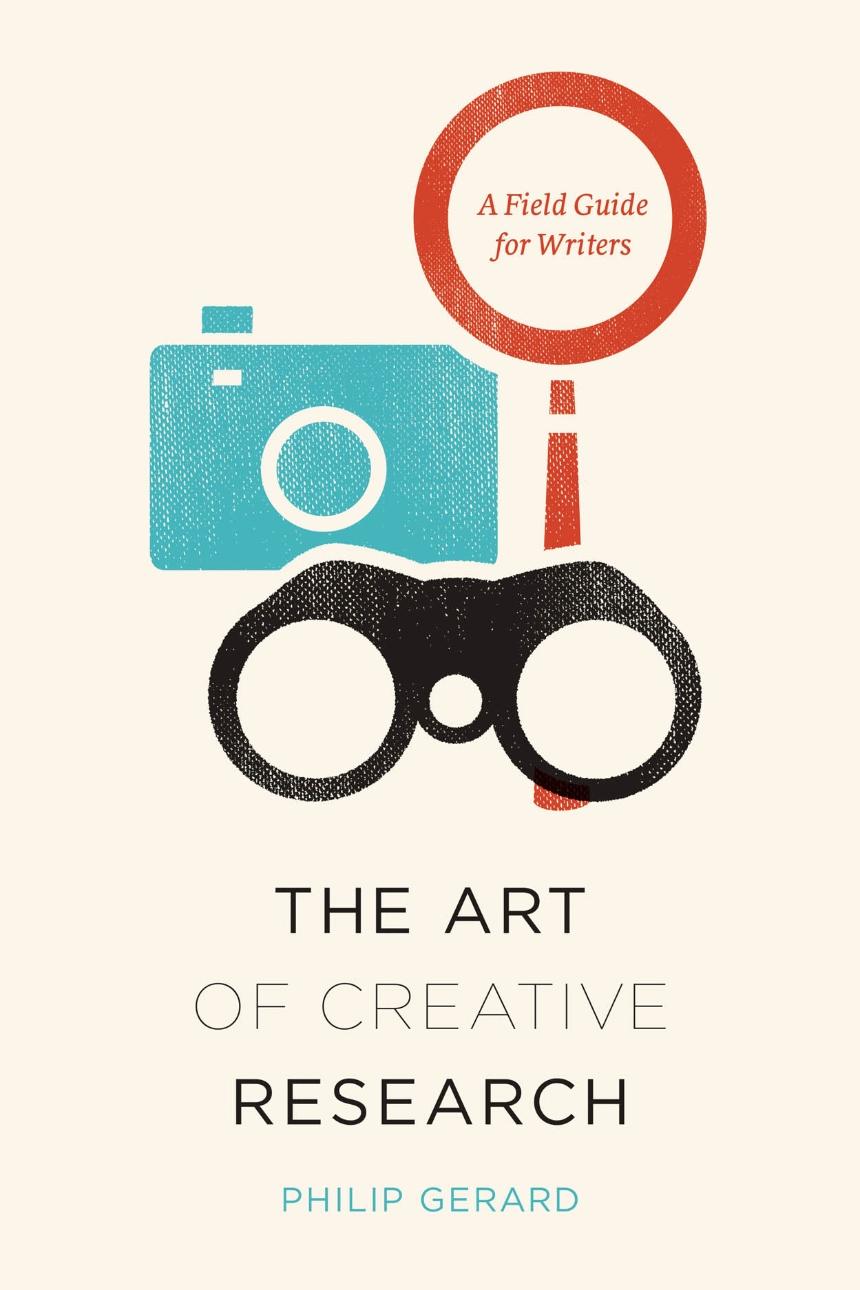The Art of Creative Research
A Field Guide for Writers
All writers conduct research. For some this means poring over records and combing, archives but for many creative writers research happens in the everyday world—when they scribble an observation on the subway, when they travel to get the feel for a city, or when they strike up a conversation with an interesting stranger.
The Art of Creative Research helps writers take this natural inclination to explore and observe and turn it into a workable—and enjoyable—research plan. It shows that research shouldn’t be seen as a dry, plodding aspect of writing. Instead, it’s an art that all writers can master, one that unearths surprises and fuels imagination. This lends authenticity to fiction and poetry as well as nonfiction.
Philip Gerard distills the process into fundamental questions: How do you conduct research? And what can you do with the information you gather? He covers both in-person research and work in archives and illustrates how the different types of research can be incorporated into stories, poems, and essays using examples from a wide range of writers in addition to those from his own projects. Throughout, Gerard brings knowledge from his seasoned background into play, drawing on his experiences as a reporter and a writer of both fiction and nonfiction. His enthusiasm for adventure is infectious and will inspire writers to step away from the keyboard and into the world.
“Research can take you to that golden intersection where the personal meets the public, the private crosses the universal, where the best literature lives,” Gerard writes. With his masterly guidance, anyone can become an expert in artful investigation.
The Art of Creative Research helps writers take this natural inclination to explore and observe and turn it into a workable—and enjoyable—research plan. It shows that research shouldn’t be seen as a dry, plodding aspect of writing. Instead, it’s an art that all writers can master, one that unearths surprises and fuels imagination. This lends authenticity to fiction and poetry as well as nonfiction.
Philip Gerard distills the process into fundamental questions: How do you conduct research? And what can you do with the information you gather? He covers both in-person research and work in archives and illustrates how the different types of research can be incorporated into stories, poems, and essays using examples from a wide range of writers in addition to those from his own projects. Throughout, Gerard brings knowledge from his seasoned background into play, drawing on his experiences as a reporter and a writer of both fiction and nonfiction. His enthusiasm for adventure is infectious and will inspire writers to step away from the keyboard and into the world.
“Research can take you to that golden intersection where the personal meets the public, the private crosses the universal, where the best literature lives,” Gerard writes. With his masterly guidance, anyone can become an expert in artful investigation.
240 pages | 5 1/2 x 8 1/2 | © 2017
Chicago Guides to Writing, Editing, and Publishing
Guides, Manuals, and Reference: Guides for Creative Writers
Reviews
Table of Contents
Prologue: On Fire for Research (an Homage to Larry Brown)
1 What Creative Research Is and How to Use It
2 Preparing a Research Plan
3 The Tools of the Trade
4 Archives: What They Are, Where They Are, and How Best to Use Them
5 It Must Be True— I Saw It on the Internet
6 The Archives of Memory, Imagination, and Personal Expertise
7 The Warm Art of the Interview
8 Walking the Ground and Handling the Thing Itself
9 Troubleshooting, Fact- Checking, and Emotional Cost
10 Breathing Life into Facts and Data on the Page
Afterword
Acknowledgments
Selected Sources for Quotations and Concepts Addressed in This Book
Index
1 What Creative Research Is and How to Use It
2 Preparing a Research Plan
3 The Tools of the Trade
4 Archives: What They Are, Where They Are, and How Best to Use Them
5 It Must Be True— I Saw It on the Internet
6 The Archives of Memory, Imagination, and Personal Expertise
7 The Warm Art of the Interview
8 Walking the Ground and Handling the Thing Itself
9 Troubleshooting, Fact- Checking, and Emotional Cost
10 Breathing Life into Facts and Data on the Page
Afterword
Acknowledgments
Selected Sources for Quotations and Concepts Addressed in This Book
Index
